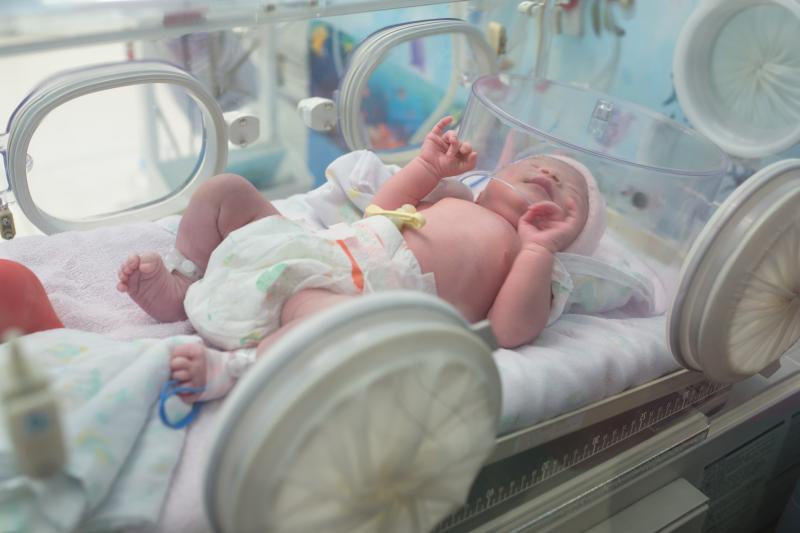
Neonates with tetralogy of Fallot who underwent complete surgical repair are at increased risk of early and 2-year mortality compared with those treated with the staged approach, reports a study.
“There is ongoing debate about the best strategy to treat patients with tetralogy of Fallot who are symptomatic in the neonatal period,” the authors said.
To compare the outcomes of complete vs staged surgery (ie, initial palliative procedure for possible later complete repair), a retrospective cohort study was conducted using the Pediatric Health Information System database, including patients who underwent complete or staged tetralogy of Fallot repair prior to 30 days of age.
Death during 2-year follow-up after the initial procedure was the primary outcome. The authors used inverse probability–weighted Cox and logistic regression models to assess the association between surgical approach group and mortality while accounting for patient- and hospital-level factors. Causal mediation analyses were performed to examine the role of intermediate variables.
Of the 2,363 patients (1,032 complete and 1,331 staged) included, 239 died. Those who underwent complete neonatal repair had a significantly higher risk of mortality during the 2-year follow-up period (hazard ratio [HR], 1.51, 95 percent CI, 1.05–2.06), between 7 and 30 days after the initial procedure (HR, 2.29, 1.18–4.41), and during the initial hospital admission (odds ratio, 1.71, 1.15–2.62).
The complete repair group also experienced more cardiac complications after the procedure, which mediated the differences in 30-day and 2-year mortality.